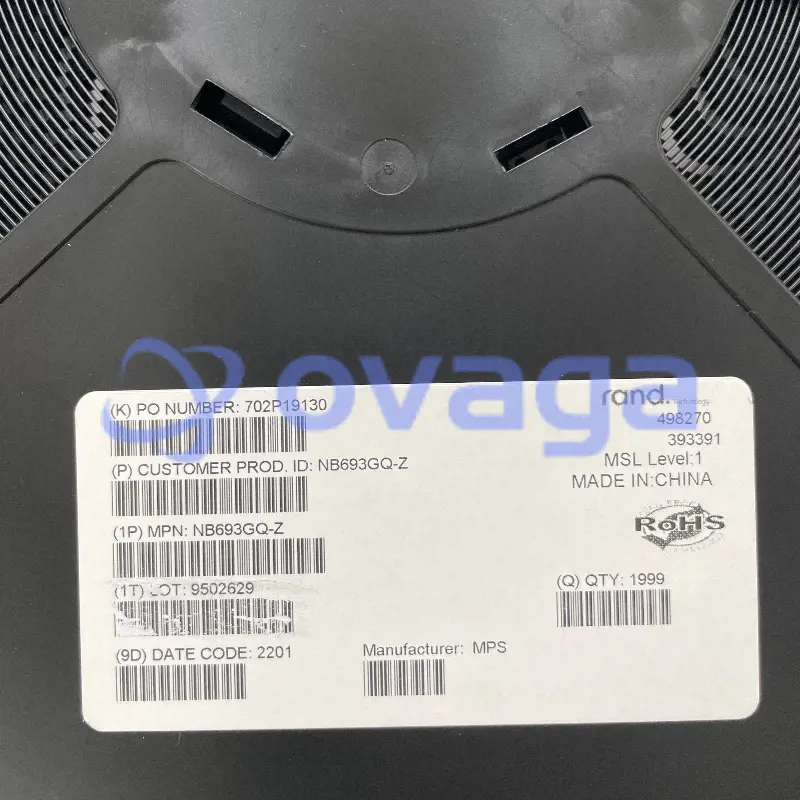The Difference Between Wireless Charging and Wireless Power
Update Time: Apr 11, 2023 Readership: 3611
Contents
With the gradual rise of wireless charging technology, cell phones are also being used on a large scale on wireless charging technology. However, we are still very far from the real wireless power supply (wireless power supply and wireless charging, although the equipment is similar, the concept still needs to be revised). Still, the recent wireless power supply is the first in the mouse on the application.
Why can wireless power mice be the first to use? How far are we from a true wireless power supply?
All from wireless power transmission technology
Whether it is, wireless charging or wireless power supply is derived from wireless power transmission technology.
Speaking of wireless power transmission, we now generally believe that the beginning of invention by Nikola Tesla at the end of the 19th century, Tesla was originally working under the hand of Edison. After the disagreement broke up, the reason for the breakup was that Tesla believed that alternating current was the future, and Edison believed that the future belonged to direct current and took a long time to tear; the final result, of course, we now all know.
The reason why AC can win, an important reason, is that AC can be very convenient for changing voltage. We know that long-distance electricity transmission needs ultra-high voltage to ensure that electricity is in the transmission process to minimize losses. And DC power, if it is to be transformed, needs to go through the following:
- The first step is to convert it to AC first.
- The second step is transformation.
- The third step is then converted into direct current.
This will increase power losses, equipment costs, and processing difficulties. That's why AC power has become the way we are currently using to transmit electrical energy.
The wireless transmission of electricity is based on discovering and applying alternating currents. The change of the electric field can produce a change of the magnetic field and thus can excite the long-distance coil to produce a change of the electric field (one of the working principles of the transformer), so many people studied how to increase the distance but unfortunately has not been successful.
Four ways of wireless power transmission
Based on electromagnetic induction technology the wireless charging/wireless power supply devices we use now are based on the electromagnetic induction principle, or at least the devices we have commercially available now are all electromagnetic induction principle devices. There are four ways to realize wireless power transmission: electromagnetic induction, electromagnetic resonance, electromagnetic coupling and microwave resonance.
Most of the wireless charging technology we see today uses electromagnetic induction technology. We can think of this technology as a separated transformer, where we remove the middle of the magnetic conductor (iron core).
The coil at the transmitting and receiving ends are placed in two separate devices. When electrical energy is input to the coil at the transmitting end, a magnetic field is generated, and the magnetic field induces the coil at the receiving end. A current is generated so that we build a wireless energy transmission system.
Because we have removed the middle magnetic conductor, the magnetic field is weakened rapidly with the increase of distance, and the distance that the electric energy can be transmitted is very short, generally only in the range of a few millimetres to a few centimetres can have a better transmission effect, so it can only be applied to small wireless charging devices of low power.
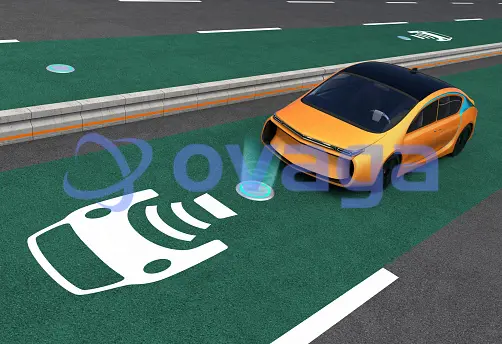
Electromagnetic resonance is much farther in distance than the electromagnetic induction method. Electromagnetic resonance uses two exactly matching specifications of the coil. One coil is energized to produce a magnetic field, the other coil so resonance, the current generated can light a light bulb or power transmission to the device.
Currently able to reach a transmission range of several meters, but because it is a dispersive transmission method, the overall efficiency could be higher. Still, the advantage is the ability to simultaneously transmit power to multiple devices and a certain degree of freedom in the horizontal position.
And electromagnetic coupling and microwave resonance are generally not favoured. Electromagnetic coupling distance is limited, and the principle is similar to magnetic resonance, but there are few supporters. And microwave resonance currently transmits too little power. The principle is similar to WiFi signal transmission (in fact, WiFi signal and another wireless signal transmission can also be considered a way to transmit energy, just because the energy is distributed in all directions, the utilization rate is extremely weak).
The difference between wireless charging and wireless power supply
After we understand the basic situation of wireless power transmission, we return to our question, what is the difference between wireless charging and wireless power supply?
Both are derived from wireless power transmission. Power transmission, as we all know, is the technology that transmits electricity from the power-generating device to the receiving end through its means without going through the cable. Because at present many people will use wireless transmission, wireless charging, and wireless power supply mixed. Although the boundary between the three is unclear, there are still subtle differences.
From the point of view of our consumer use, we can understand this simply:
Wireless power transmission focuses on the word "transmission". It refers to the transmission of electricity, a process and technology. At the same time, wireless power supply and wireless charging are two different ways of applying wireless power transmission technology.
Wireless charging is more to the equipment in the storage charging equipment for charging. The key is charging, the object must be with energy storage equipment or commonly known as the battery, and the current wireless charging, more meaning and application scenario, is in a relatively fixed location, the use of small battery equipment charging.
The wireless power supply is a wireless transmission device that transmits and deploys power to electrical appliances, which do not necessarily need to store the power internally but emphasize that it can be used immediately (of course, it can also charge the battery), and supply power to electrical appliances that can be freely adjusted in position over long distances.
The meaning of wireless power supply is more to provide power to the greater power consumption of household electrical equipment to achieve the requirements of true-wireless electricity. The wireless power supply is more difficult than wireless charging, and the meaning is also greater.
Many people like to mix the three, called wireless charging, in the current environment to say that we are more in contact with wireless charging. But in the future, with the development of technology, we still need to distinguish between these in their respective application scenarios.
Why wireless power is the first to be used in the mouse
The wireless power supply first used in the mouse is very coincidental.
First, because the mouse power consumption is small, it does not need a high-power wireless power transmission so that the current technology can meet the mouse power demand. Secondly, the mouse pad is a necessary item. Mouse pad as a mouse must use items placed on the desktop and will not increase the extra space occupied. Third, the power supply distance is short, with the mouse in the process and the mouse pad in intimate contact. At most, you lift your hand for a few seconds, a few centimetres on top. At such a distance, mature electromagnetic induction can fully meet the demand.
And small power devices do not have to face the problem of heat dissipation. We are currently in much wireless charging equipment to see heat dissipation holes and even some wireless charging equipment inside with air cooling. This problem with the mouse is that this small power consumption product will not appear.
Final Words
In the future, the wireless power supply will have a bigger stage in the terminal equipment. Not all load appliances will be equipped with batteries, and not practical. High-power charging, such as electric car charging, still uses wired charging. The wireless power supply environment will also be much broader than wireless charging. Of course, the technical difficulties are also very high, but I believe the future can be expected.
Popular Blogs
-
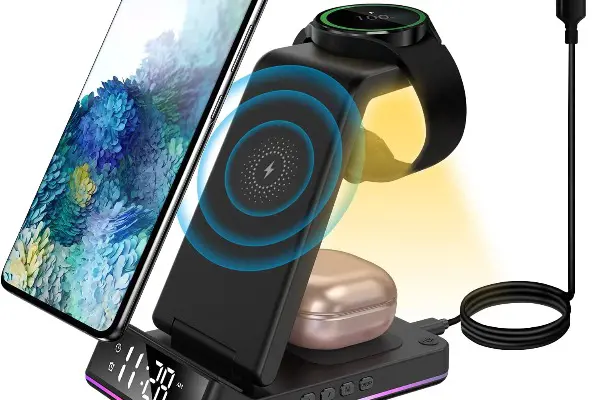
How Does the Bytech ...
Wireless charging has gained significant popular...
-
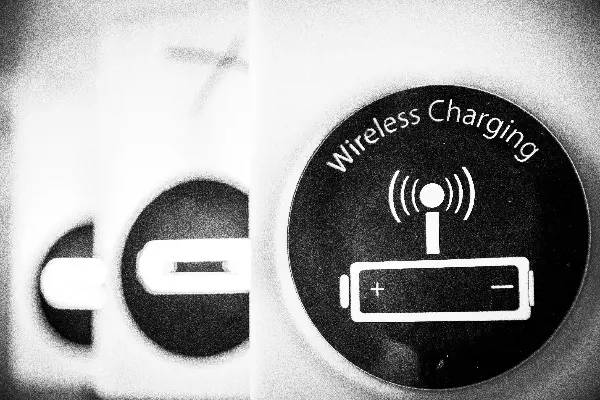
The Difference Betwe...
With the gradual rise of wireless charging techn...
-
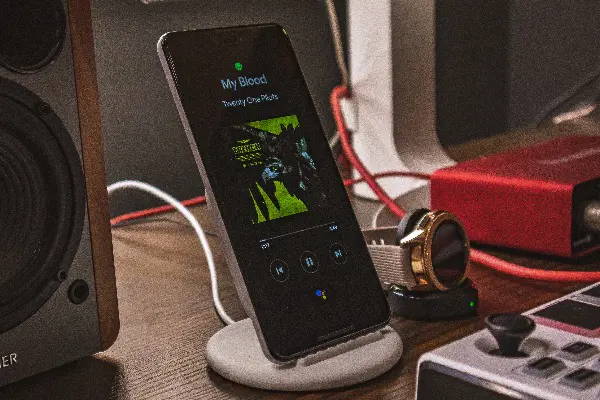
Does Wireless Chargi...
Wireless charging technology originates from wir...
-
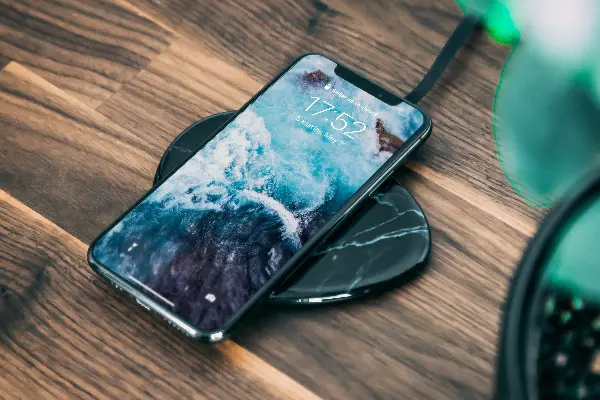
What is Wireless Cha...
As the name suggests, wireless charging allows d...




